Ripping across the Korean Peninsula, the Demilitarised Zone (DMZ) is like no other place on Earth and an improbable tourist attraction. But it is. It’s the racket blasting from the loudspeakers that is still ringing in my ears. From the South, soaring operatic ballads and K-Pop, while from the North, a mix of sermonising and bombastic propaganda songs adulating the Dear Leader.
Slashing across the countryside for 250km, with a 2km-wide buffer zone either side of the border, the razor wire and electric fencing seems to stretch into infinity. I joined a DMZ day-trip from Seoul, operated by VIP Travel, which is a mere 50km drive away from the border. As we drove up towards the great divide, it wasn’t long before the security installations starkly reframed the view. Either side of the highway was laced with elaborate reams of razor wire, while manned military look-outs studded the roadside, every few hundred metres.
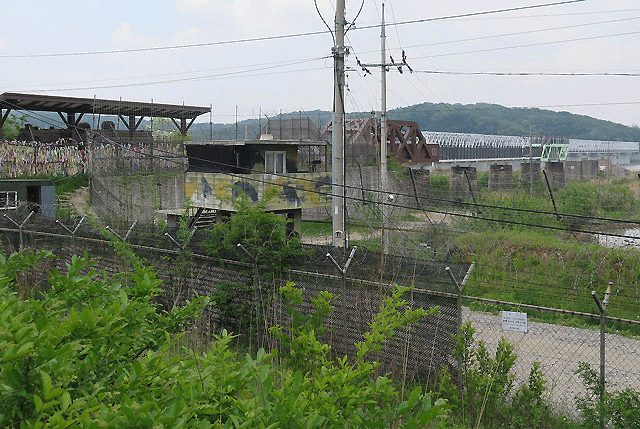
Gazing across to the hills flanking the river on the North Korean side, they have all be denuded of trees, unlike the South’s lush and forested hillsides. My guide, Moon, informed us that the North Koreans had felled all the trees so that spies or fugitives couldn’t hide. The border, which marks the ceasefire line of 1953, stretches from the mouth of the Han River to the Sea of Japan. Despite recent progress, Moon soberly noted the two Koreas are still technically at war, with no peace treaty ever signed after the ceasefire was agreed to, 65 years ago.
Over two million troops have been stationed near the border, in full battle readiness. Within the buffer zone, tank traps and landmines litter the countryside. Moon remarked that there’s an estimated 2 million landmines still in the DMZ from the Korean War – despite a million being cleared to date. Taking a day-trip to the DMZ remains insatiably popular with visitors to Seoul. Every day, 5000 visitors are allowed access to the buffer zone, while 500 people can also enter the Joint Security Area (JSA)at Panmunjeom, which is where the armistice agreement was signed in 1953.
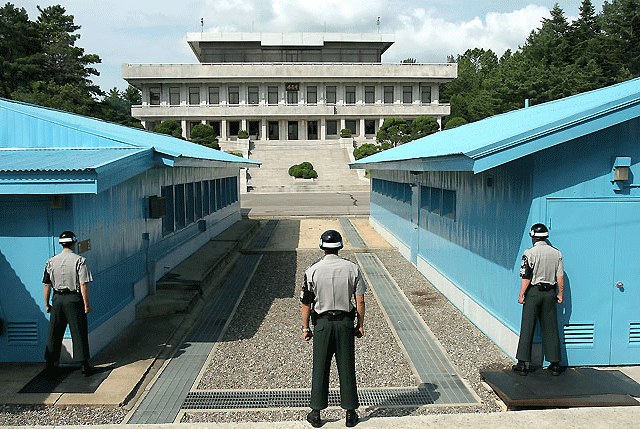
You’ll recognise those United Nations-blue buildings from television. It’s the site of the world’s most famous face-off, where South and North Korean soldiers stare interminably at each other through sunglasses, while standing in modified taekwondo positions. Despite the macho posing and menacing sense of theatre, the air hangs heavy with unblinking hostility.
If you do want to visit the JSA as part of a DMZ tour, due to the strictly limited places, be sure to book weeks in advance. All DMZ tours begin at Imjingak, just past the security checkpoint where young Korean soldiers, interred on compulsory military service, boarded our coach to check our passports. The visitor complex was built primarily to help console Koreans, who can’t travel freely across the border to see their hometown, friends or family.
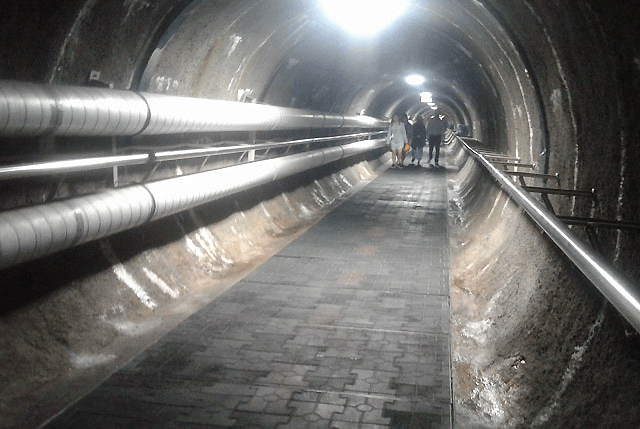
10 million South Koreans were separated from their families when the demarcation line was drawn, post-war. Many people come here to pray for reunification. 7km from the border, on the banks of the Imjin River, there a variety of monuments in memory of the Korean War. An 83 metre long bridge, used in the exchange of 13,000POWs, is lauded as the Freedom Bridge.
Nearby, the blasted carcass of an original steam locomotive, which desperately made it back across the Imjin River just as war broke out. It is riddled with 1,020 bullet holes. Imjingak is also the entry point into the Third Infiltration Tunnel, the biggest of four tunnels identified by the South Koreans since 1974, although there’s apparently another 20 that haven’t been spotted yet.
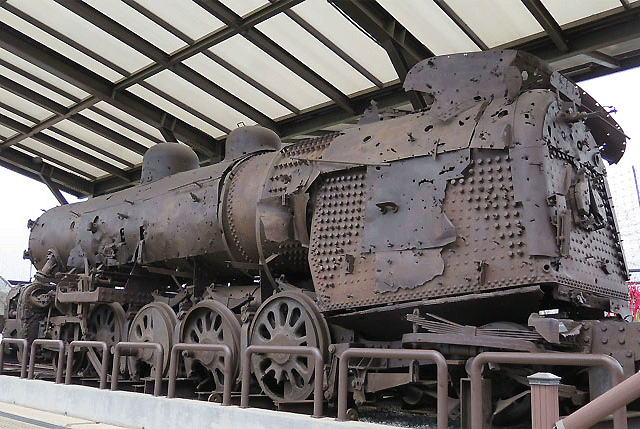
Dug by the North Koreans with the intent of being able to spring a surprise invasion on the South, these tunnels aren’t for the faint-hearted. Issued with a hard hat, the Third Infiltration Tunnel leads you 73 metres underground, along a 2 metre wide by 2 metre high passage. I felt like the hunchback of Notre Dame, but it’s a searing and slightly spooky encounter to traverse the border, subterranean-style.
My guide, Moon, pointed out how the North Koreans had even gone to the effort of painting the rock walls black, so that they could claim it was a coal mine, not an invasion route. This tunnel, which is large enough to enable thirty thousand soldiers to tromp through in an hour, was discovered in 1978 after a defector tipped-off the South. The tunnel comes to an abrupt, premature end – sealed with a locked concrete door at the border line.
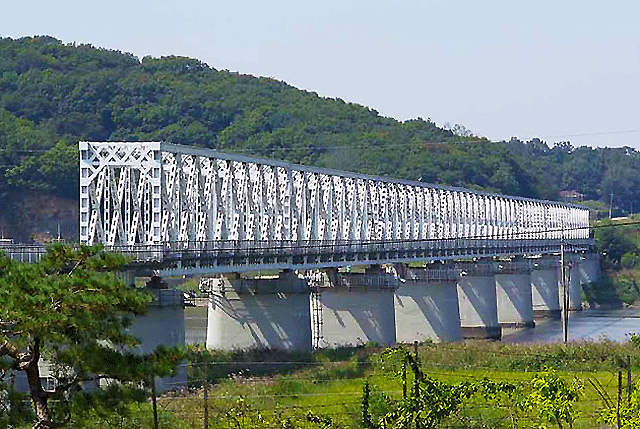
Another landmark sight is the Unification Bridge, financed by the founder of the Hyundai Group, Juong Juyong, who fled North Korea as a young man. He defected to the South with one of his family’s cows. He felt a guilty about it, so when his bridge was complete, he crossed back to North Koreas with a gift of 1001 cows. The bridge currently serves little purpose, other than a symbol of hope for unification.
As does Dorasan Station, a $40 billion dollar beacon of hope, built 15 years ago with a view of re-connecting Seoul and Pyeongyang by rail. Just 700 metres from the southern boundary line of the DMZ, it’s utterly bizarre to admire this sparkling clean yet haplessly under-used train station. The shiny International Customs Hall has never screened a passenger. A few daily services run to Seoul, but services to the North have been on ice since the North Koreans slammed the border crossing shut in 2008.
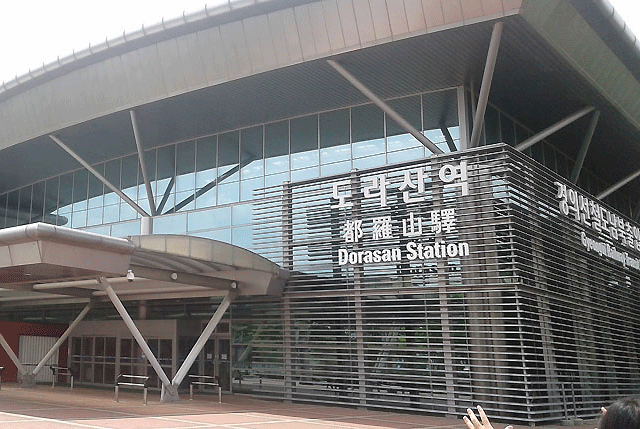
Prior to the closure, freight trains would run from Dorasan to the Kaesong Industrial Region, which was facilitated by both governments to provide 50,000 North Koreans with work. Moon says the dream is Dorasan Station would not only connect Seoul with Pyeongyang, but would connect with the vast Eurasian services like the Trans-Siberian, enabling you to travel by train from Korea to Western Europe.
For me, the undeniable highlight was soaking up the raw cross-border drama of Dora Observatory. This lookout serves up the most intimate view of the North, from South Korea, as if you can reach out and touch it, while being assaulted by those blaring loudspeakers. With the naked eye, I gazed down at the streams of barbed wire along the border, across to the Kaesong Industrial Park and some North Korean villages.
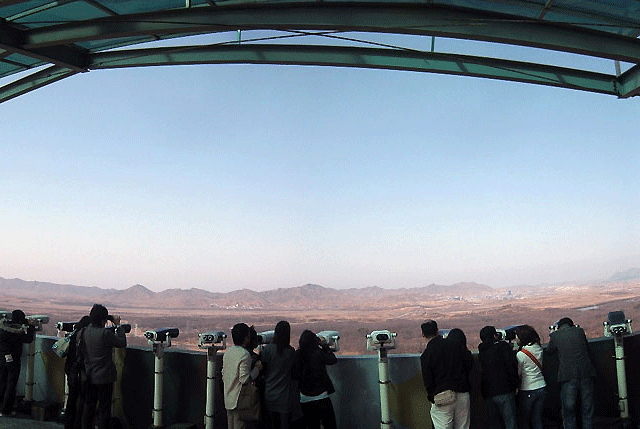
With the mounted binoculars, I could see locals wandering around I spotted a massive statue of Kim Il-sung, while the Propaganda Village touts one of the tallest flags in the world. In a classic case of boys will be boys – and size matters, the South and North have played ping pong for years over their respective border flagpoles. The South started the tussle by erecting a 50 metre high flag.
Back and forth they went, outdoing one another, until the North triumphed in this battle of attrition, mounting a 160 metre high flagpole. The flag alone weighs a whopping 300kg. The South threw in the towel at 110 metres. The giant fluttering flags are easily seen from this observation point. The Propaganda Village is so named because it’s widely believed that the brightly coloured buildings are just shells and are uninhabited.
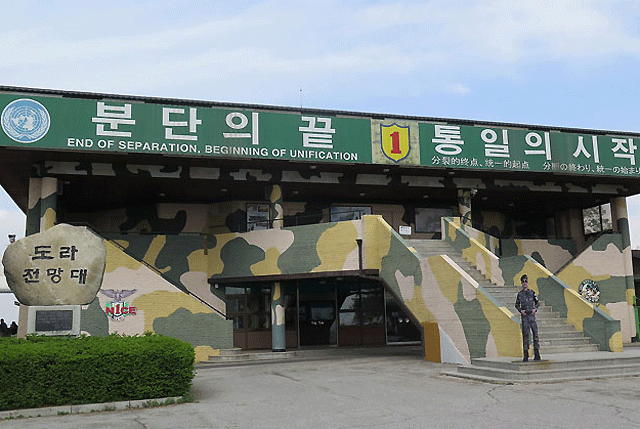
All of the apartment building lights seem to flicker on and off at exactly the same time, in a lazy attempt to add to the illusion. But it seems totally deserted. Even Hollywood doesn’t go to such lengths to build such elaborate sets. For me, that sums up the weirdness of the DMZ experience.
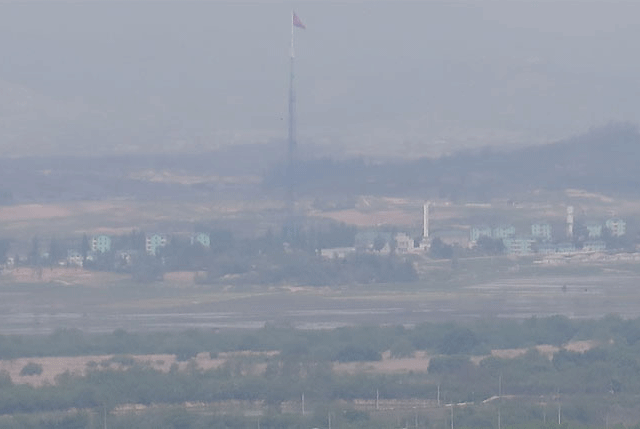
A strange, surreal, unsettling even scary place, where terror and tourism collide at one of the world’s flash points. Book well in advance with VIP Travel for an unforgettable encounter at this geo-political fault line. www.vviptravel.com

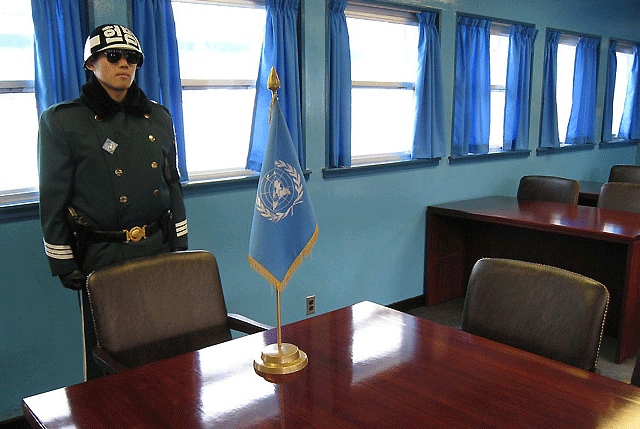
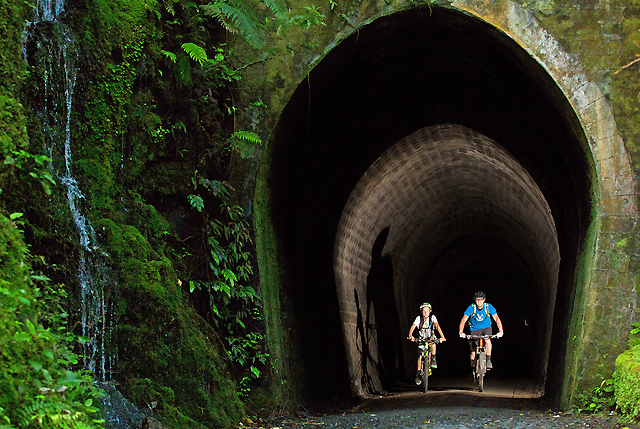

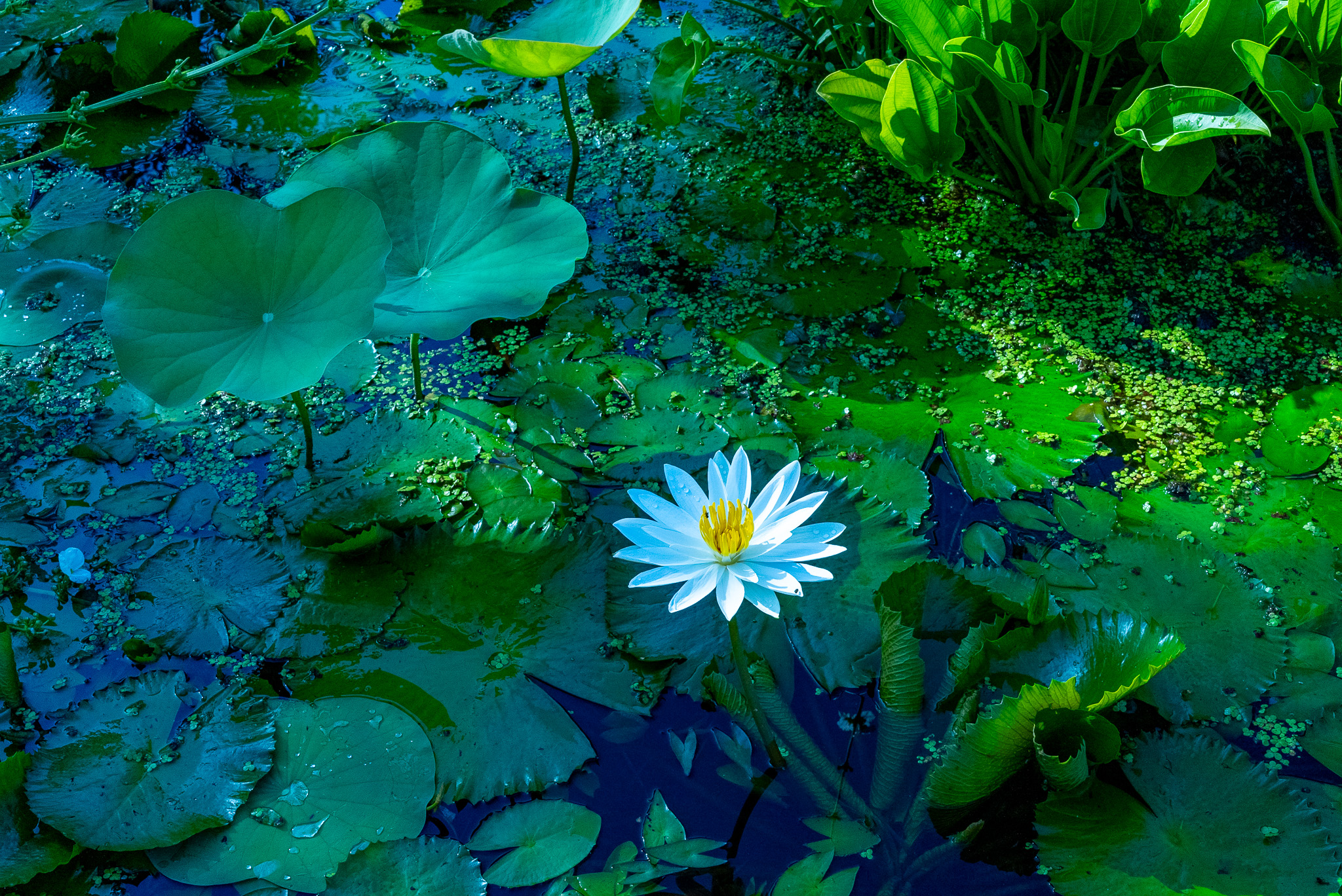

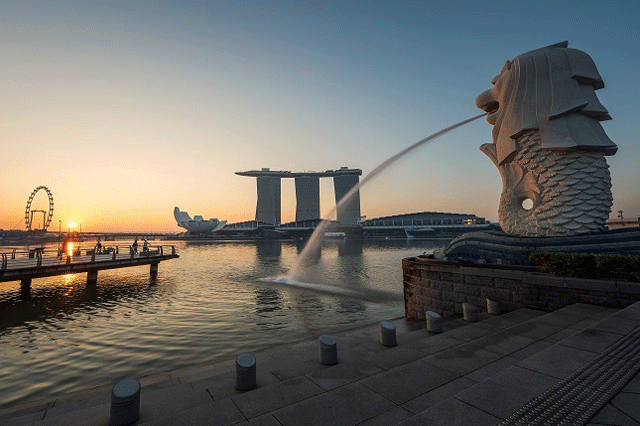
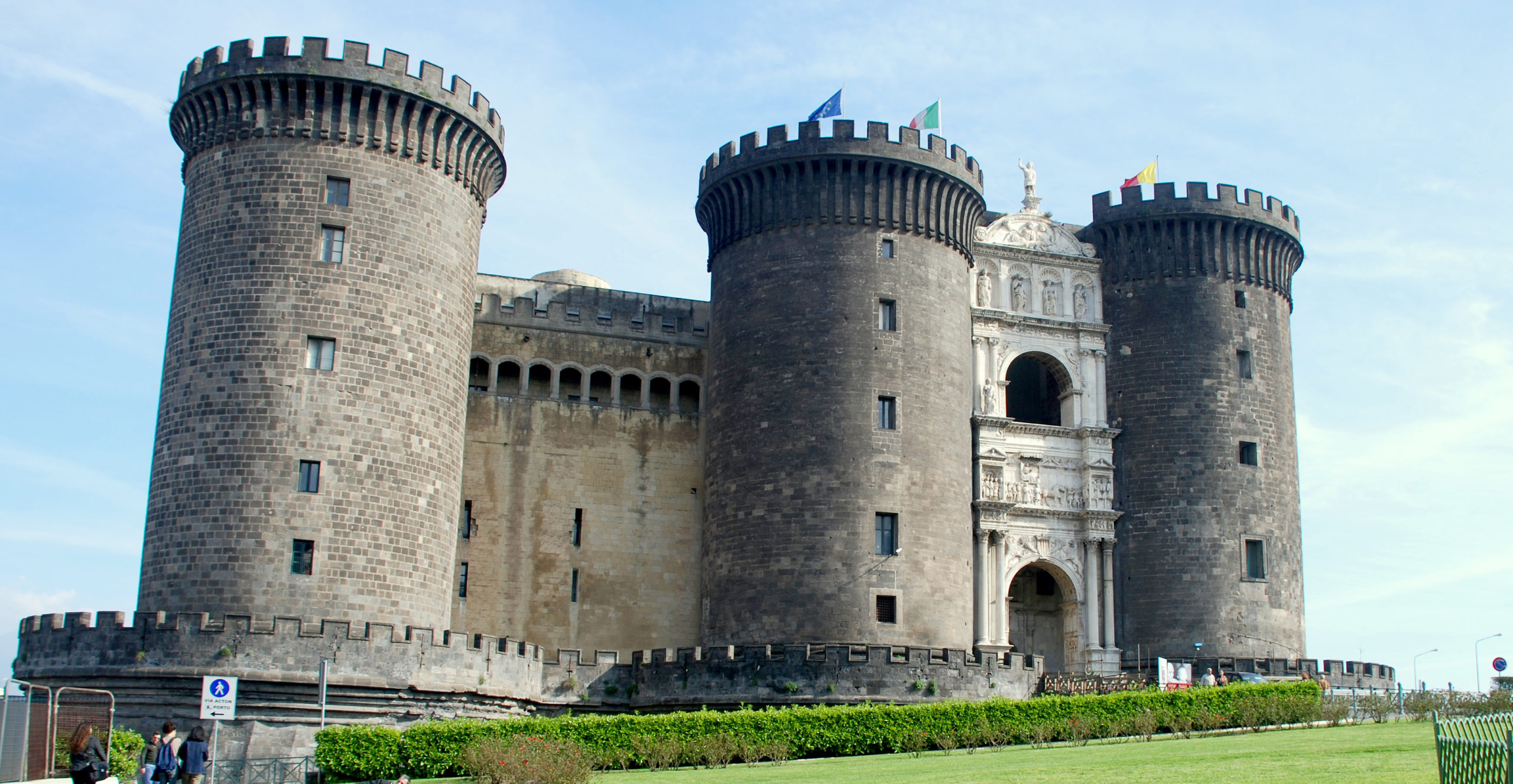



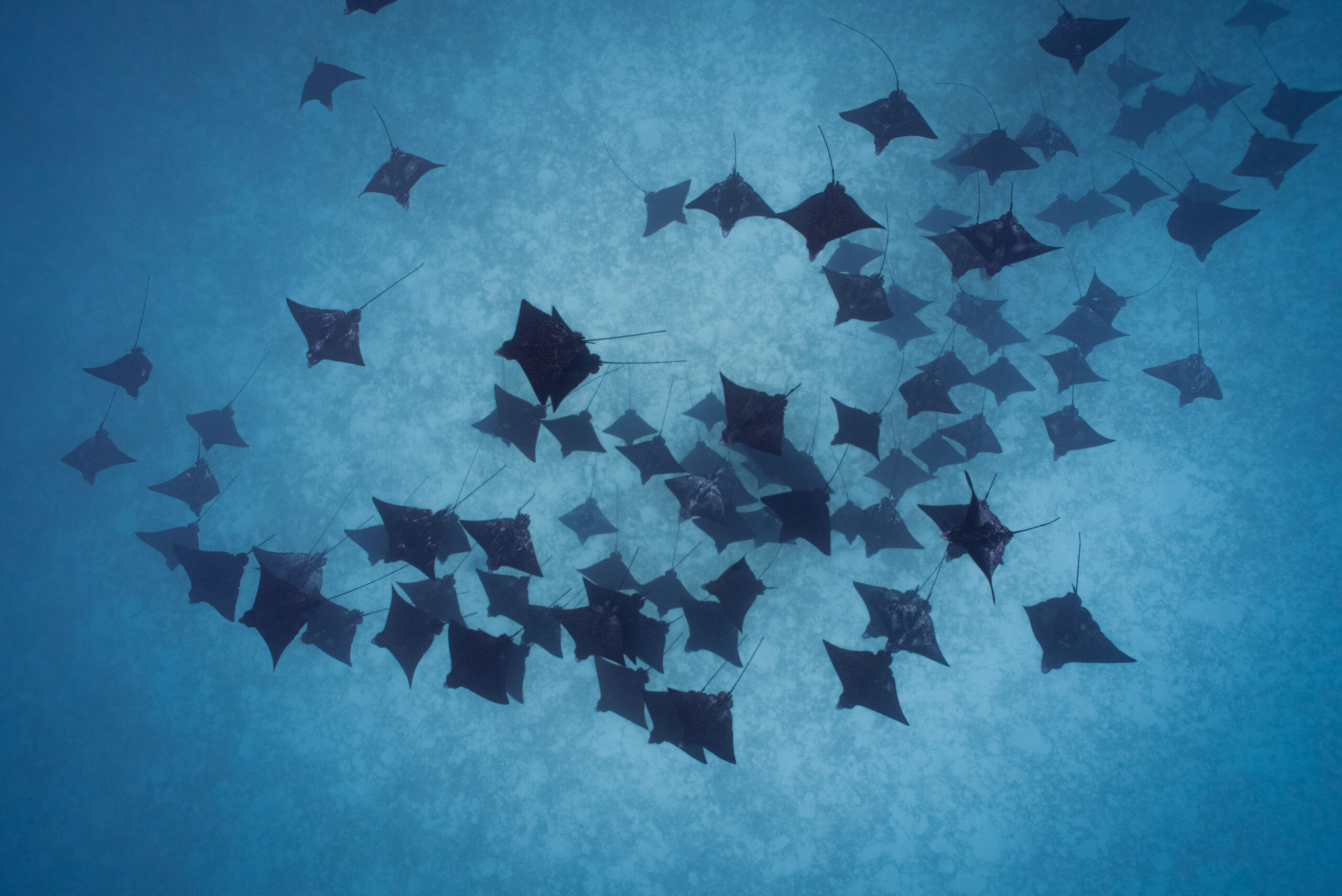

Recent Comments